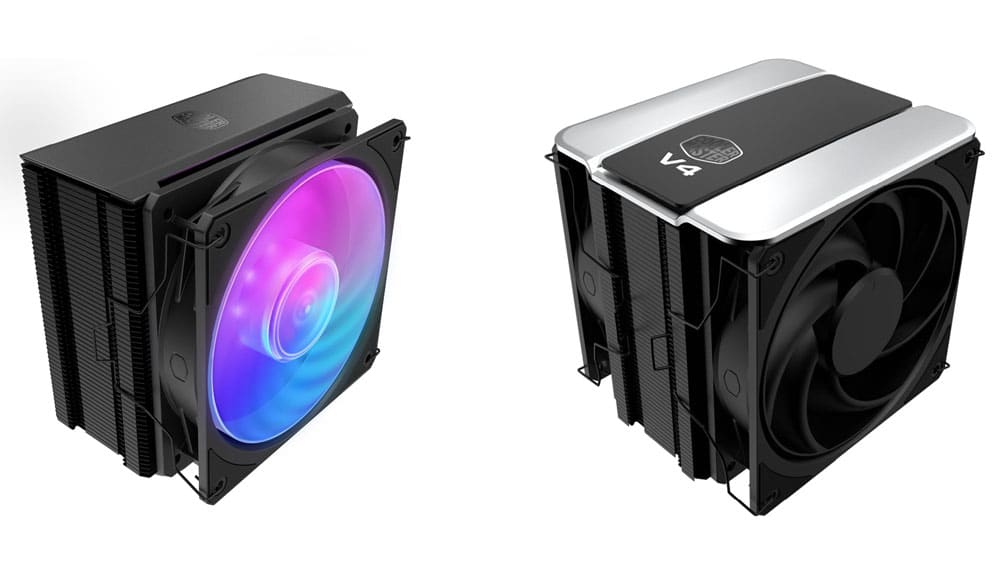Epilogue
Read the updated review on this product here: Phanteks T30-120 Cooling Fan Review – ReCheck!
Phanteks has made an extremely good fan, achieving sky-high static pressure and airflow without increased noise output, thanks to its unique design of fan blades and the magnetic levitation bearing. Besides low noise output, the latter offers improved reliability even in harsh operating conditions. Typically fluid dynamic bearings have a problem operating at high temperatures for prolonged periods, which is why double ball bearings are preferred in such situations. The problem with the latter type of bearing is that it is noisier. After a period, noise further increases because the bearings lubricant doesn’t do an equally good job as in the start, resulting in higher friction, affecting noise output. This is not a problem for MagLev fans, with no contact between the fan’s shaft and the bearing.
Phanteks invested lots of time and money in the T30-120 fan, and the results speak for themselves. In the noise normalized tests, where I don’t have many entries since I just started fan reviews, the Phanteks fan shames the pretty good Seasonic MagFlow, with the latter using a fluid dynamic bearing. At $31 for a single fan or $86 for the triple-pack, the Phanteks T130-120 is far from affordable but offers high airflow and static pressure performance. It also has three operation modes to meet every need, it’s built like a tank, and you can easily daisy chain them, although not as easy as Seasonic’s MagFlow fans. The lack of RGB lighting can be a problem for some, but not for me. I would like an easier way to change PWM modes without access to the fan. Once you have the fan(s) installed, selecting a different PWM mode will be tough. A remote control could make this easier.
- High build quality
- High airflow and static pressure
- Optimized fan blades for low noise output
- Efficient
- PWM control
- Magnetic Levitation bearing
- Three operational modes
- Daisy chain capability
- Six-year warranty
- Not affordable
- Lack of RGB might be a problem for some users
- Mode switching should be easier
- 30mm thickness can cause compatibility issues




after finally getting my hands on one of these:
it certainly has to spin slower than A12x25 to stay below the noise threshold for me (sub-600 vs over-650RPM) but should be able to still push more air at a higher pressure
as long as you have enough space to squeeze it in at least and that’s not granted
the hybrid mode is just stupid as it only starts up at way above the acceptable level
overall I’d put it closer to PTT line where you don’t care about noise nearly at all and often have some extra space than the A line that it’s put against usually, but also there are many interesting experiments that could be done with both of them (like putting actually usable fans on Ninja could provide much better performance with no audible noise vs the obnoxious Kaze Flex that won’t shut up until they stop or maybe using T30 on U12S/U12A to see how that fares)